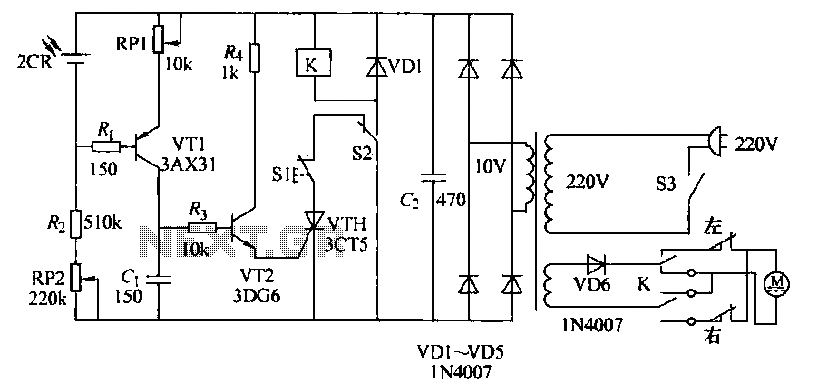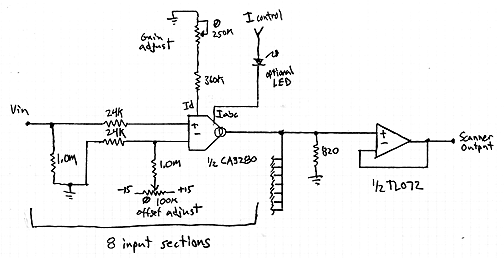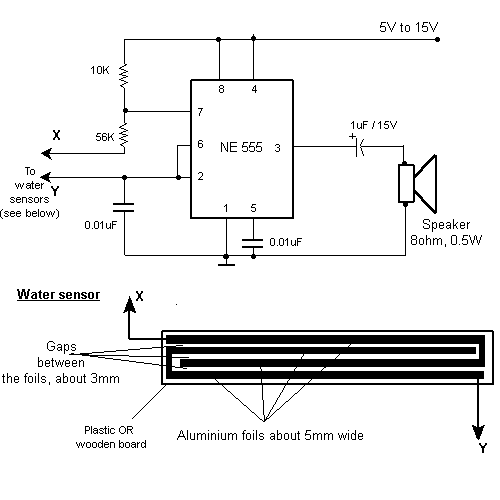
Automatic light control circuit curtains

The circuit operates as follows: each morning, light enters the silicon photocell, generating a force that causes transistor VT1 to conduct. As a result, capacitor C charges, leading to an increase in voltage. This rising voltage causes the emitter current of VT2 to gradually increase until it reaches the trigger current of the thyristor, which then conducts. This triggers relay K, converting its contacts and causing the DC motor to spin in a positive direction, which drives the curtains to move slowly to a stop.
The described circuit utilizes a silicon photocell as a light sensor, which plays a crucial role in initiating the operation at dawn. The photocell converts light energy into an electrical signal, effectively acting as a switch that activates the circuit when the ambient light level exceeds a certain threshold.
Transistor VT1 is employed as a signal amplifier and switch. When the photocell detects sufficient light, it generates a base current for VT1, allowing it to conduct. This conduction enables capacitor C to charge, which is integral to the timing aspect of the circuit. The increase in voltage across capacitor C is a critical parameter, as it influences the operation of subsequent components.
Transistor VT2, which operates in conjunction with capacitor C, functions as a further amplifier and current controller. As the voltage rises, the emitter current of VT2 increases. This gradual increase is essential because it ensures that the thyristor receives the necessary gate trigger current at the right moment. The thyristor, known for its ability to handle high currents and voltages, remains off until the gate current reaches its threshold, at which point it switches on, allowing current to flow through.
Relay K serves as an electromechanical switch that is activated by the thyristor. When the thyristor conducts, it energizes the relay coil, causing the relay contacts to close. This action connects the power supply to the DC motor, which is responsible for driving the curtains. The motor is designed to spin in a positive direction, effectively moving the curtains open.
The design incorporates a deceleration mechanism, which ensures that the curtains do not come to an abrupt stop. This is achieved through the gradual increase in voltage and current, allowing for a smooth operation. The circuit is engineered to provide an automatic and gentle opening of the curtains in the morning, enhancing user convenience and comfort. Overall, the circuit exemplifies an efficient integration of light sensing, amplification, and mechanical actuation, suitable for automated curtain control systems.The circuit works as follows: every morning, light shines into the silicon photocell, generating a force, this force will transistor VT1 conduction, the capacitor cl charged with the capacitor C. Voltage rising, VT2 emitter current is gradually increasing, this current reaches the thyristor gate trigger current, the thyristor is triggered conduction, the relay pull-K, contact conversion, DC motor driven positive spin turn, the deceleration drive curtains moving slowly to a stop.
The described circuit utilizes a silicon photocell as a light sensor, which plays a crucial role in initiating the operation at dawn. The photocell converts light energy into an electrical signal, effectively acting as a switch that activates the circuit when the ambient light level exceeds a certain threshold.
Transistor VT1 is employed as a signal amplifier and switch. When the photocell detects sufficient light, it generates a base current for VT1, allowing it to conduct. This conduction enables capacitor C to charge, which is integral to the timing aspect of the circuit. The increase in voltage across capacitor C is a critical parameter, as it influences the operation of subsequent components.
Transistor VT2, which operates in conjunction with capacitor C, functions as a further amplifier and current controller. As the voltage rises, the emitter current of VT2 increases. This gradual increase is essential because it ensures that the thyristor receives the necessary gate trigger current at the right moment. The thyristor, known for its ability to handle high currents and voltages, remains off until the gate current reaches its threshold, at which point it switches on, allowing current to flow through.
Relay K serves as an electromechanical switch that is activated by the thyristor. When the thyristor conducts, it energizes the relay coil, causing the relay contacts to close. This action connects the power supply to the DC motor, which is responsible for driving the curtains. The motor is designed to spin in a positive direction, effectively moving the curtains open.
The design incorporates a deceleration mechanism, which ensures that the curtains do not come to an abrupt stop. This is achieved through the gradual increase in voltage and current, allowing for a smooth operation. The circuit is engineered to provide an automatic and gentle opening of the curtains in the morning, enhancing user convenience and comfort. Overall, the circuit exemplifies an efficient integration of light sensing, amplification, and mechanical actuation, suitable for automated curtain control systems.The circuit works as follows: every morning, light shines into the silicon photocell, generating a force, this force will transistor VT1 conduction, the capacitor cl charged with the capacitor C. Voltage rising, VT2 emitter current is gradually increasing, this current reaches the thyristor gate trigger current, the thyristor is triggered conduction, the relay pull-K, contact conversion, DC motor driven positive spin turn, the deceleration drive curtains moving slowly to a stop.





